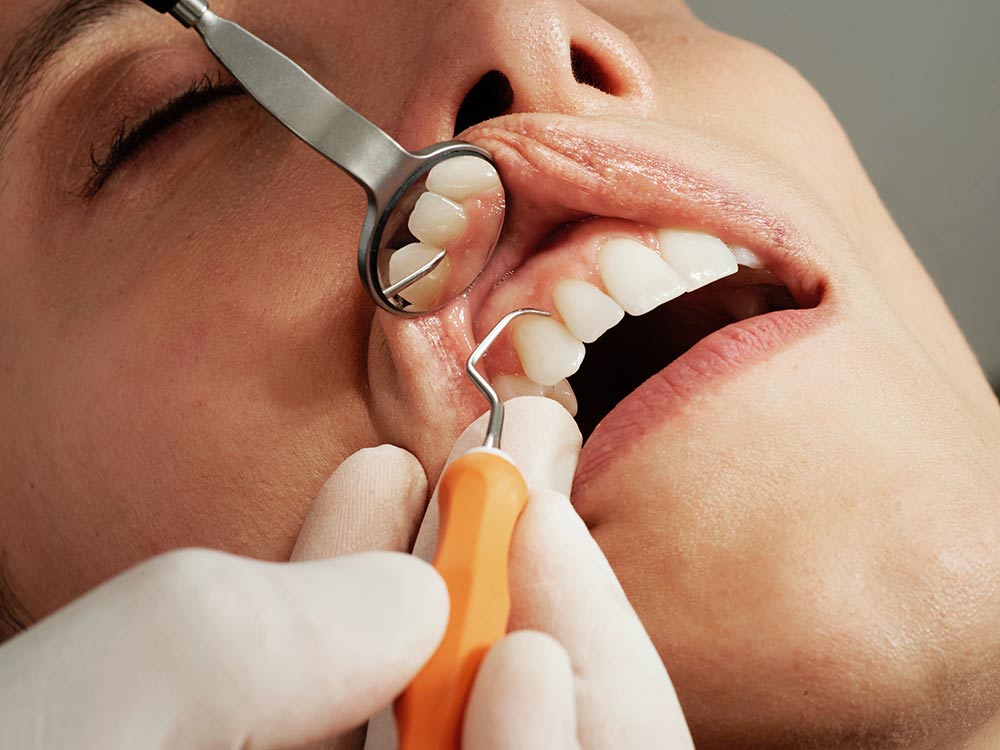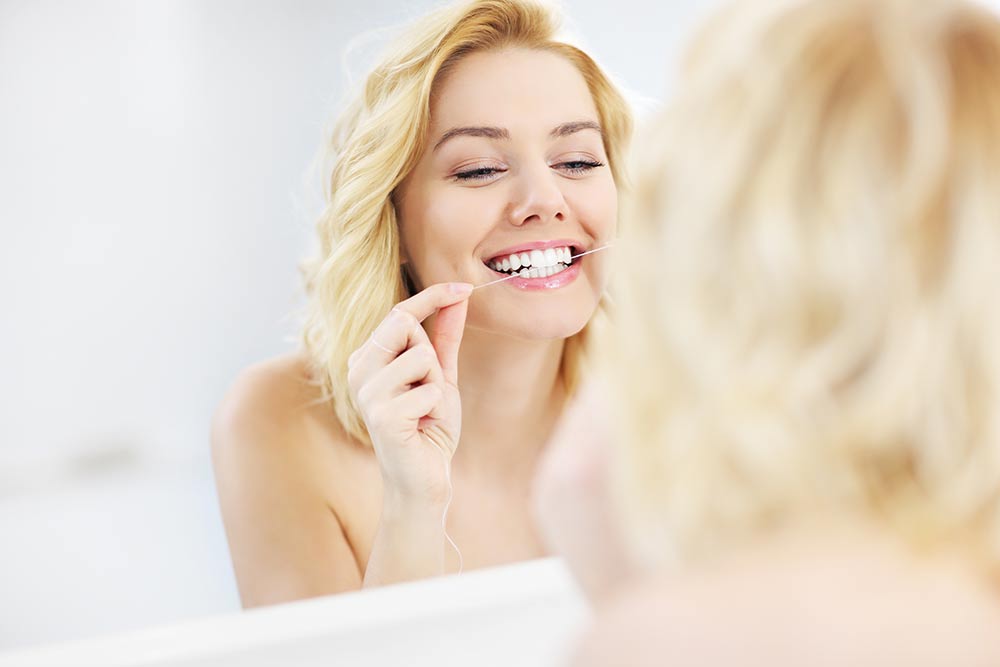

Teeth Cleaning in Redmond, Oregon
Teeth cleaning sessions aren’t just about making your smile look attractive. Deep cleaning (oral prophylaxis) is a series of preventive dentistry practices aimed at eliminating plaque and tartar (the most common causes of oral diseases).
For deep teeth cleaning and oral prophylaxis in Redmond, Oregon, call Blue Sky Family Dentistry. We will help you bring out the best in your smile!











